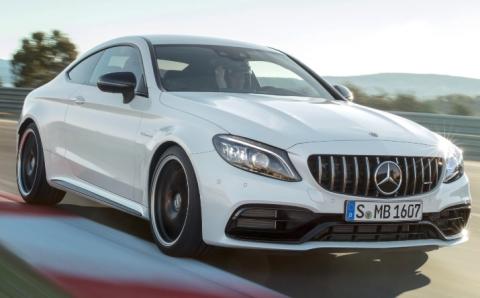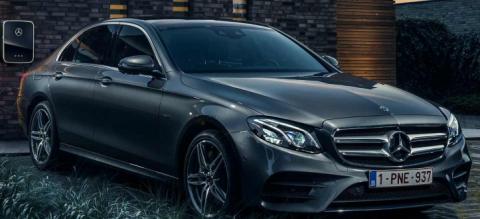SUBSCRIBE HERE!!! https://www.youtube.com/c/countryshenanigans #countryliving #countryLife #country People who live in rural communities have TONS of life skills! Here's how you replace a thermostat on the C-Class Mercedes Benz. #countryside #farmlife #bhfyp
1995: The renaissance of supercharger technology in Mercedes-Benz cars started with the 2.3-liter four-cylinder engines in the C-Class, SLK and CLK. At the International Frankfurt Motor Show (IAA) in 1995 the company introduced the C 230 Kompressor, in which mechanical supercharging made peak torque of 280 Newton meters available from 2500 to 4800/min. However, the 142 kW (193 hp) four-valve four-cylinder engine required only 8.2 liters of premium per 100 kilometers (NEDC combined, 28.7 mpg). That made the engine about 20 percent more economical than a naturally-aspirated engine of the same output. In the C 230 Kompressor, each revolution of the mechanical blower’s rotors forced more than a liter of air into the engine. The C-Class managed the sprint from 0 to 100 km/h in 8.4 seconds, accelerated from 60 km/h to 120 km/h in 11.8 seconds, and had a top speed of 230 km/h. With this car Mercedes-Benz revived a tradition begun in the days of Daimler-Motoren-Gesellschaft. In 1918 DMG first used supercharger technology successfully in aero engines developed by Paul Daimler, and in 1922 the first supercharged Daimler car competed in the Targa Florio in Sicily.
1995: The renaissance of supercharger technology in Mercedes-Benz cars started with the 2.3-liter four-cylinder engines in the C-Class, SLK and CLK. At the International Frankfurt Motor Show (IAA) in 1995 the company introduced the C 230 Kompressor, in which mechanical supercharging made peak torque of 280 Newton meters available from 2500 to 4800/min. However, the 142 kW (193 hp) four-valve four-cylinder engine required only 8.2 liters of premium per 100 kilometers (NEDC combined, 28.7 mpg). That made the engine about 20 percent more economical than a naturally-aspirated engine of the same output. In the C 230 Kompressor, each revolution of the mechanical blower’s rotors forced more than a liter of air into the engine. The C-Class managed the sprint from 0 to 100 km/h in 8.4 seconds, accelerated from 60 km/h to 120 km/h in 11.8 seconds, and had a top speed of 230 km/h. With this car Mercedes-Benz revived a tradition begun in the days of Daimler-Motoren-Gesellschaft. In 1918 DMG first used supercharger technology successfully in aero engines developed by Paul Daimler, and in 1922 the first supercharged Daimler car competed in the Targa Florio in Sicily.
- Category
- ABS ESP BAS








Comments